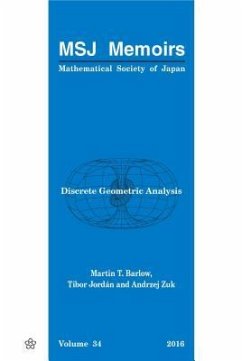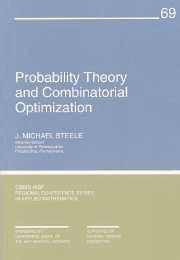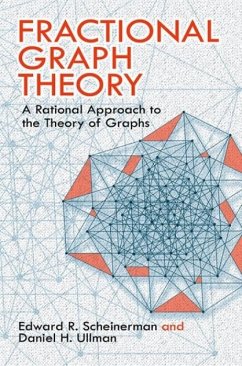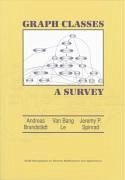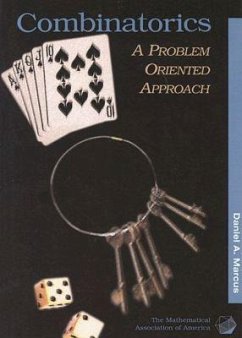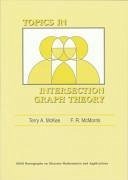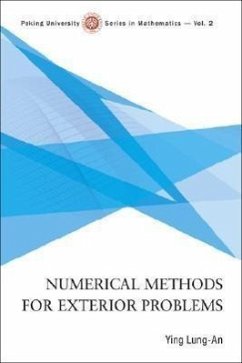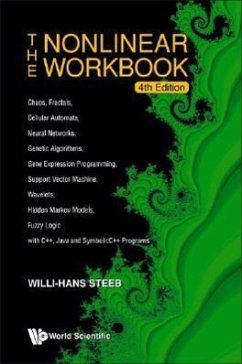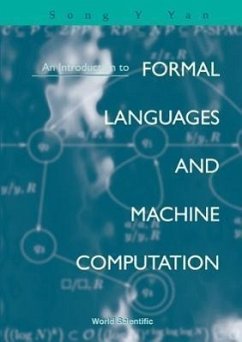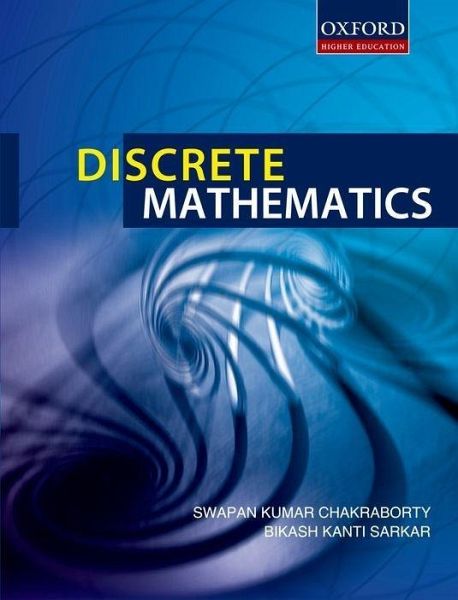
Discrete Mathematics
Versandkostenfrei!
Versandfertig in über 4 Wochen
28,99 €
inkl. MwSt.

PAYBACK Punkte
14 °P sammeln!
Discrete Mathematics is designed to serve as a textbook for undergraduate engineering students of computer science and postgraduate students of computer applications. The book would also prove useful to post graduate students of mathematics. The book seeks to provide a thorough understanding of the subject and present its practical applications to computer science. Beginning with an overview of basic concepts like Sets, Relation and Functions, and Matrices, the book delves into core concepts of discrete mathematics like Combinatorics, Logic and Truth Tables, Groups, Order Relation and Lattices...
Discrete Mathematics is designed to serve as a textbook for undergraduate engineering students of computer science and postgraduate students of computer applications. The book would also prove useful to post graduate students of mathematics. The book seeks to provide a thorough understanding of the subject and present its practical applications to computer science. Beginning with an overview of basic concepts like Sets, Relation and Functions, and Matrices, the book delves into core concepts of discrete mathematics like Combinatorics, Logic and Truth Tables, Groups, Order Relation and Lattices, Boolean Algebra, Trees, and Graphs. Special emphasis is also laid on certain advanced topics like Complexity and Formal Language and Automata. Algorithms and programmes have been used wherever required to illustrate the applications. Written in a simple, student-friendly style, the book provides numerous solved examples and chapter end exercises to help students apply the mathematical tools to computer-related concepts.



